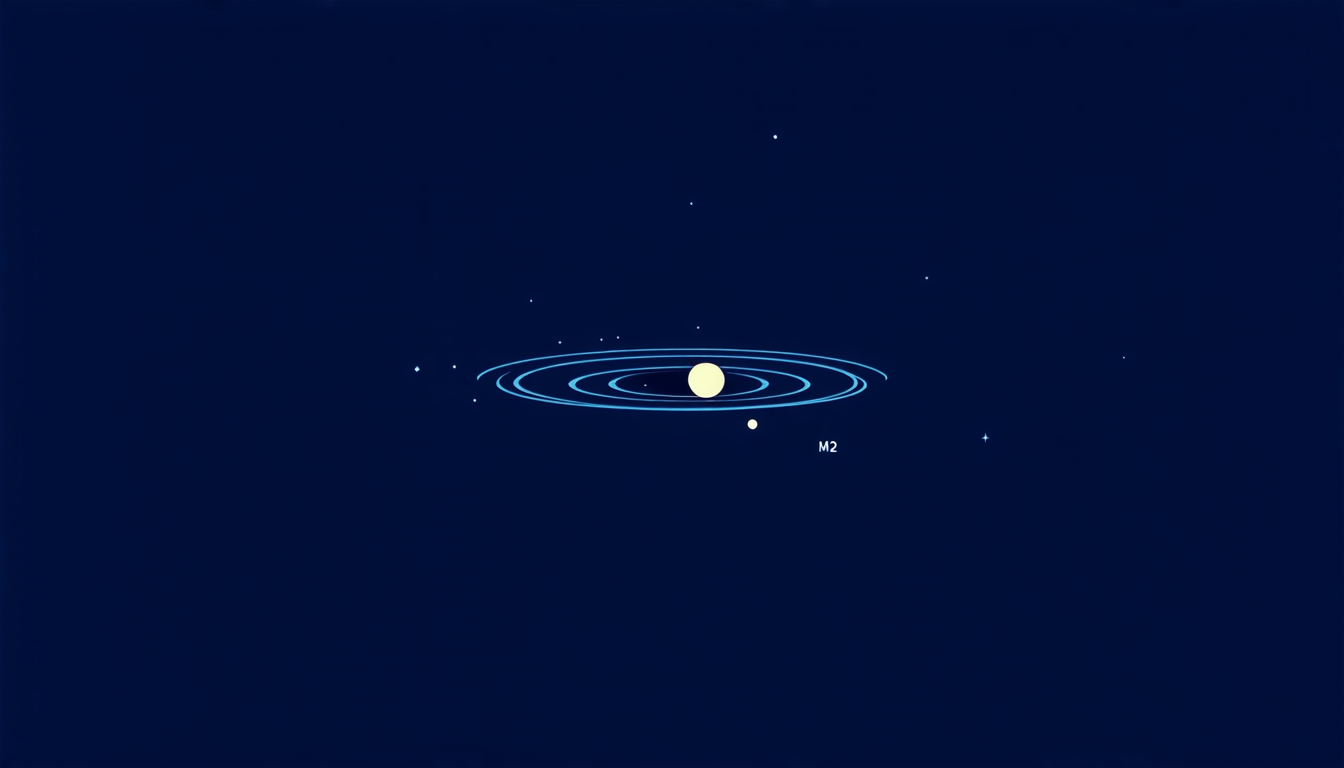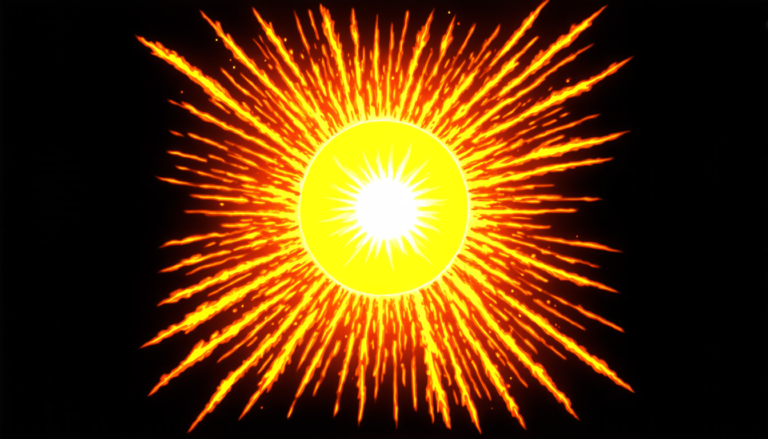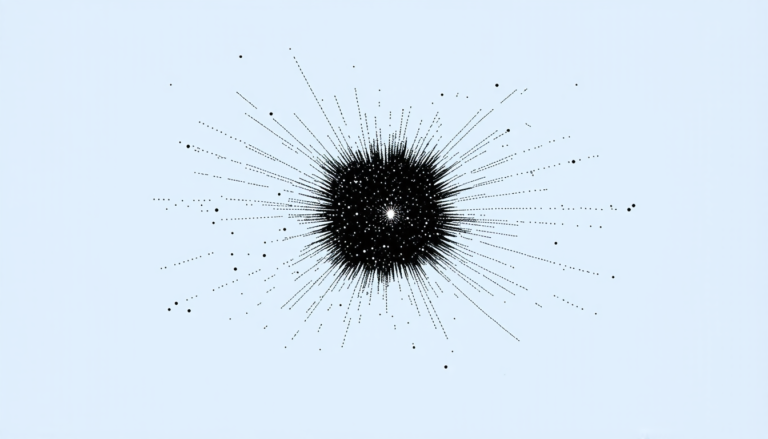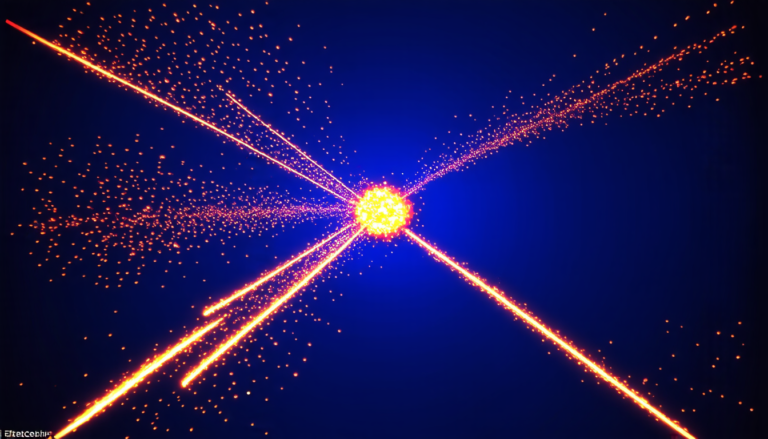Saturday 27 September 2025
A recently published study has shed new light on the orbit of Makemake, a dwarf planet in our solar system. The findings suggest that the satellite of Makemake could be experiencing or will soon experience mutual events, a phenomenon where two objects in orbit around each other come close together.
Makemake is one of the most well-studied dwarf planets, and its satellite was first detected in 2015. Since then, astronomers have been working to determine the precise orbit of the satellite, known as MK2. The latest research uses data from the Hubble Space Telescope to constrain the parameters of the orbit.
The study reveals that the orbital period of MK2 is approximately 18 days, with a semi-major axis of about 22,250 kilometers and an inclination of 83.7 degrees relative to our line of sight. This means that the satellite’s orbit is almost edge-on, which has significant implications for future observations.
One of the most exciting consequences of this discovery is the possibility of observing mutual events between Makemake and MK2. These events would occur when the two objects are at their closest points in their orbits around each other. The events would be brief, lasting only about 140 minutes at maximum, but they could provide valuable insights into the properties of both objects.
Mutual events like this have been observed before in our solar system, most notably between Pluto and its moon Charon. Those observations allowed astronomers to study the surface features of both bodies in unprecedented detail. Similarly, future observations of Makemake and MK2 could reveal new information about their sizes and shapes.
The fact that the satellite’s orbit is almost edge-on also raises the possibility that it may have already experienced mutual events in the recent past. Given that the latest images of the system were taken several years ago, it is possible that such events are currently occurring.
The discovery of these orbital parameters has significant implications for future observations and research into Makemake and its satellite. Astronomers will be eager to continue studying this system, using new data from the James Webb Space Telescope and other facilities to refine their understanding of the orbit and properties of MK2.
This study highlights the importance of continued exploration and observation of our solar system. Even with decades of research under our belts, there is still much to be learned about the objects that make up our celestial neighborhood.
Cite this article: “Unlocking Secrets: New Insights into Makemake’s Satellite Orbit”, The Science Archive, 2025.
Makemake, Dwarf Planet, Satellite, Mk2, Orbit, Hubble Space Telescope, Mutual Events, Pluto, Charon, James Webb Space Telescope
Reference: Daniel Bamberger, “A preliminary orbit for the satellite of dwarf planet (136472) Makemake” (2025).







